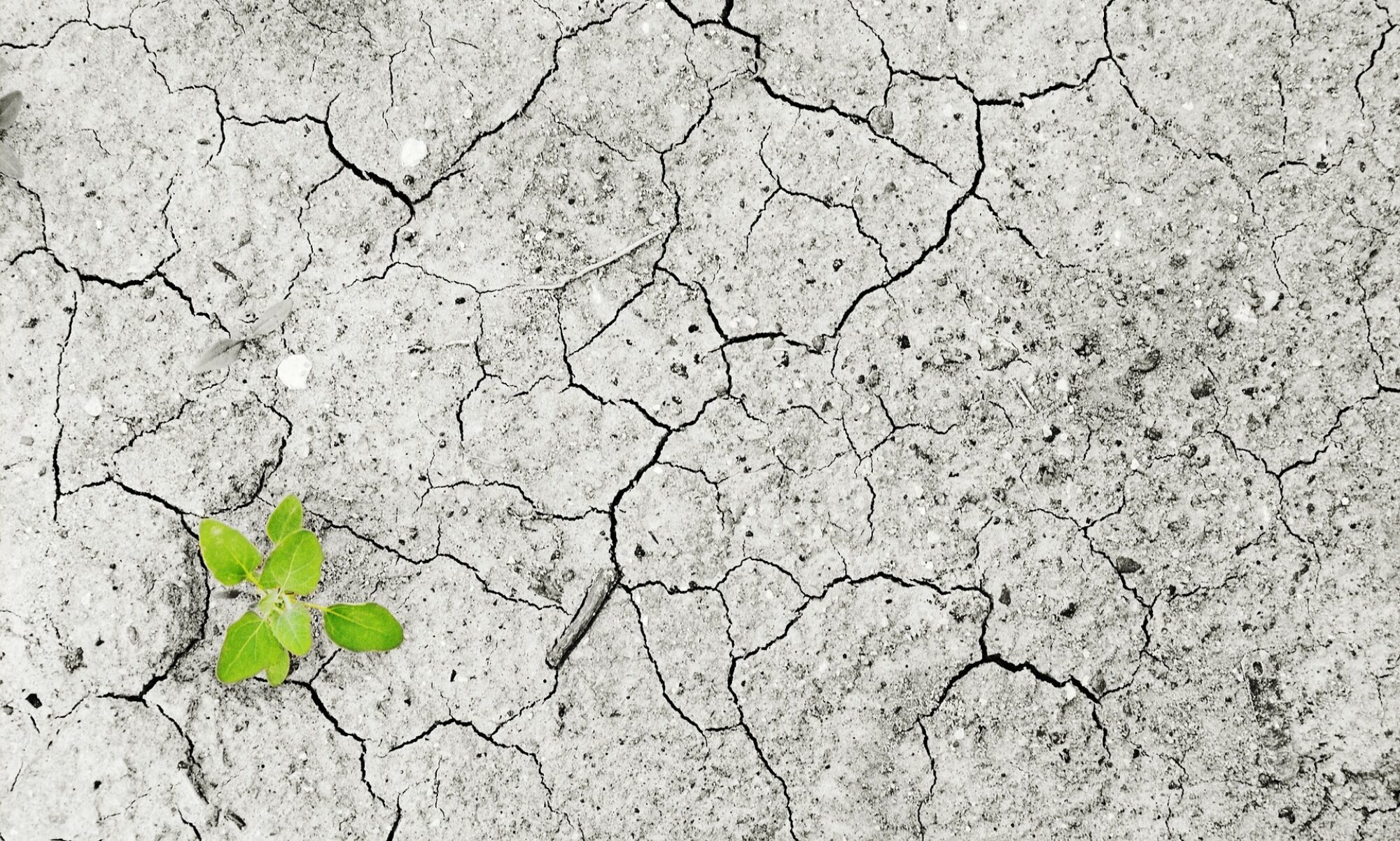Date: 24 August 2010
Court: Inter-American Court of Human Rights
Citation: IACtHR, Xákmok Kásek Indigenous Community v. Paraguay, 24 August 2010, Series C, No. 214 (IACtHR 2010)
Short summary
The Xákmok Kásek Indigenous Community lodged a petition against the State of Paraguay before the Inter-American Court of Human Rights, alleging failure to enforce their right to property, especially because of the creation of a private protected nature reserve on their ancestral lands without consultation. The Inter-American Court on Human Rights found that the lack of access to nature implied not only the breach of those people’s human rights, but also constituted discrimination.
Summary by: Lorenza Contin
Click here to open the case in PDF format
Weight of decision
The jurisprudence of the Inter-American Court on Human Rights at the nexus between Indigenous people, environment and right to life was already consolidated at the time, and its rulings are presumptively enforceable on the states which appear before it, including Paraguay.
Key facts
Historically, the economy of Indigenous communities in Paraguay was based on hunting, gathering, and fishing, and thus they used to roam a very extensive area of the Chaco region to follow the seasonal patterns of nature. During the process of colonisation of the Chaco, their ancestral lands were gradually privatised, and they were forced into a process of sedentarisation, settling often around new ranches. The Xákmok Kásek Community is formed by members of different peoples, who traditionally inhabited and roamed the area then occupied by the Salazar Ranch in the mid-twentieth century. However, they gradually faced critical restrictions to their customary activities due to the privatisation of those lands.
On 31 January 2008, Paraguay declared a big portion of the Salazar Ranch a private wildlife reserve for five years. Around 4,175 hectares of the reserve are included in the 10,700 hectares claimed by the Community since 1990. Nevertheless, the Community was not informed nor consulted. Paraguayan Law No. 352/94, regulating protected rural areas, establishes that private nature reserves cannot be expropriated while the declaration is in force. It also enshrines a prohibition to hunt, fish, and gather, enforced through armed park guards able to make arrests. Therefore, because of the creation of the reserve, the Xákmok Kásek Community had to leave and move to a small and remote land, “25 de Febrero.”
Because of this process of displacement, the religion and culture of the Community – male and female initiation rites, burial methods, shamanism, and more – have “been almost entirely lost” (¶ 178). Since their departure from the Ranch, the State has supplied scarce quantities of water during some time periods or no water at all during others, and in 25 de Febrero there is no water source. In addition, food was not delivered regularly and, when it was, the quantity was scarce, and it was critically deficient in nutrients. Access to health-care services was extremely difficult – the nearest clinic, operating “deficiently, (¶ 203) being 75 km from 25 de Febrero. “For years the children did not receive general medical care or vaccinations,” (¶ 205) resulting in a high mortality rate among children, and they had to receive their education in the open air.
Previous instances
On 28 December 1990, the Community’s leaders filed an administrative action before the Paraguayan Rural Welfare Institute to reclaim their traditional lands under the provisions of Law No. 904/81, also known as the “Indigenous Communities Statute.”
As the competent administrative bodies did not respond to the administrative action, the Community’s representatives went to the Congress of the Republic on 23 June 1999 to demand the expropriation of their ancestral lands. On 16 November 2000, the Paraguayan Senate rejected their request.
Thus, on 15 May 2001, the Community lodged the petition at stake against the State of Paraguay before the Inter-American Commission on Human Rights. On 2 July 2009, the Commission, alleging that Paraguay had not ensured the traditional property rights of the Community and that this had compromised the Community’s integrity and living conditions, asked the Court to declare the State responsible for the violation of Articles 3 (Right to Juridical Personality), 4 (Right to Life), 8(1) (Right to Judicial Guarantees), 19 (Rights of the Child), 21 (Right to Property), and 25 (Right to Judicial Protection) of the American Convention on Human Rights. The Commission asked the Court to order the State to take certain steps as reparation.
On 31 July 2008, the Community filed an action of unconstitutionality before the Supreme Court of Justice against the abovementioned nature reserve declaration, enacted by the State in January 2008. The Prosecutor requested the suspension of the time limit for responding to the action, which remained suspended until the Inter-American Court on Human Rights’ judgment.
Continued on the next page…

